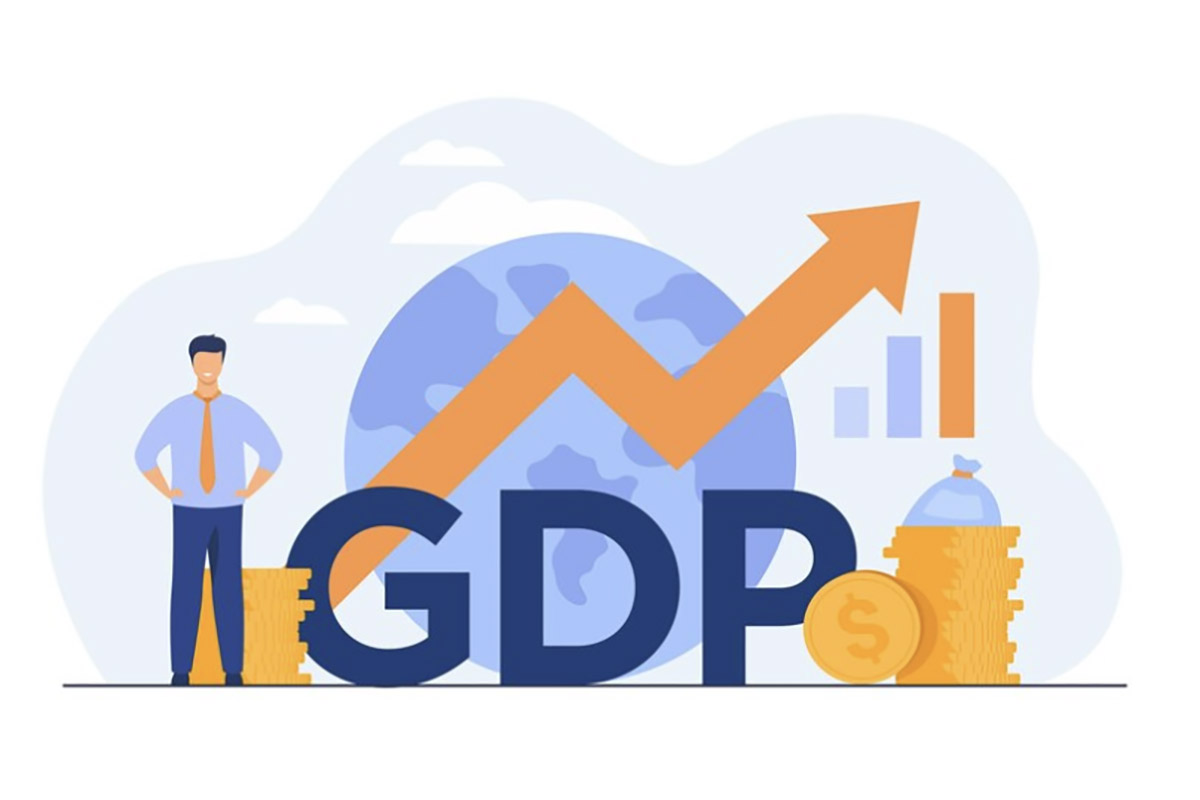“Economy lessons: when China sneezes…”
October 7th, 2015 Investors, consumers and governments are watching the economy for signs of its next turn. Kevin Tan, 19, a Correspondent from Singapore, explores the background and drivers of the most recent changes.
Investors, consumers and governments are watching the economy for signs of its next turn. Kevin Tan, 19, a Correspondent from Singapore, explores the background and drivers of the most recent changes.
Stock markets around the world took a hit in the past week as investors from various financial markets began to sell off their stocks. This has largely been attributed to the slowdown in the Chinese economy.
To the uninitiated, you may be wondering: “how did this even happen in the first place?”
To answer this question, let’s wind the clocks back.
In 2011, China embarked on a gradual shift from a production-driven economy to a consumer-driven economy. This was partly due to rising labour costs. Unfortunately, this shift failed to take into account the fact that the Chinese are thrifty by nature. Consumer spending just would not take off. This could be seen roughly as the start of the slow-down of the Chinese economy.
In 2014, the Chinese central bank announced that China would begin to liberalise the yuan. This was to allow the market to dictate the value of the yuan.
Originally, China used to intervene in the market in order to keep the value of the yuan low. This would make Chinese exports cheaper and price competitive.
However, with the recovery of the US economy, China no longer needs to intervene in the currency markets. With a stronger US dollar and US economy, China can rely on market forces to keep the value of the yuan low.
According to economists, the devaluation of the yuan has been suggested as a way to improve the performance of Chinese exports. Essentially, this could be an attempt to revive the ailing Chinese economy.
Furthermore, the Chinese authorities also began to reduce restrictions on stock market purchases by allowing people to make purchases with borrowed money. These are known as margin purchases.
However, the surge in margin purchases was an unsustainable way of growing the economy. The accumulation of excessive debt across the population made the situation extremely tenuous. When margin calls occurred, investors had no choice but to sell off their stocks. This led to the crash of the Chinese stock market.
By now, you must be thinking, “what does China’s problems have to do with the rest of the world?”
Well, the impact is pretty serious and it can be boiled down to the nature of the global economy. With globalisation and world trade being responsible for nearly every country’s economic growth, no country is immune to the problems of other countries.
Being the world’s second largest economy (according to nominal GDP), China’s economic slump was bound to make an impact. According to The Economist, China accounts for 15 per cent of the global Gross Domestic Product (GDP) and is responsible for half of world’s growth. Furthermore, China is one of the world’s largest buyers of commodities such as oil and steel. Countries dependent on commodity sales, such as Australia and the US, were consequently affected when China’s economy slowed down.
It is no wonder that Fox News’ Liz Peek titled her article “Market Mayhem: China sneezes, world catches pneumonia”.
So, what does this all mean?
China’s stock market crash and currency devaluation are not the only problems that the global economy has to face. Let’s not forget that alongside China, we have to contend with falling oil prices and the Greek debt crisis. If anything, these current events shed light on the complexity of the global economy. No one can remain apathetic to the uncertainty that lurks in the economy today.
Closer to home, in Singapore, the Straits Times Index has begun to fall. Such crises are lessons to smaller countries such as Singapore that they have to rely on more than just cheap prices to stay competitive and relevant. It is so easy for a small and open economy to be disrupted by the actions of the larger, wealthier nations.
It is of utmost importance for governments and companies to look inward for solutions. The Singapore government’s productivity push is a step in the right direction. Schemes that encourage the streamlining of operations and increased spending on technology will go a long way in enhancing the efficiency and effectiveness of firms.
Of course, like any other policy, the effectiveness and success of its implementation needs to come from a collective will of the people. Let’s hope that the will to act manifests itself in time for us to weather the storm of another recession.
References & Related Links
- http://www.bloomberg.com/news/articles/2015-08-26/china-s-journey-from-new-normal-to-stock-market-crisis-epicenter
- http://www.economist.com/news/business-and-finance/21662092-china-sneezing-rest-world-rightly-nervous-causes-and-consequences-chinas
- https://www.imf.org/external/pubs/ft/weo/2014/02/weodata/weorept.aspx?pr.x=67&pr.y=8&sy=2012&ey=2019&scsm=1&ssd=1&sort=country&ds=.&br=1&c=924&s=NGDP_R%2CNGDP_RPCH%2CNGDP%2CNGDPD%2CNGDP_D%2CNGDPRPC%2CNGDPPC%2CNGDPDPC%2CPPPGDP%2CPPPPC%2CPPPSH&grp=0&a
- http://www.foxnews.com/opinion/2015/08/24/china-sneezes-world-catches-pneumonia.html
- http://www.waytogo.sg
- http://www.straitstimes.com/singapore/singapores-productivity-push-a-national-effort-says-pm-lee-who-meets-flying-robot-waiter
- http://themiddleground.sg/2015/08/14/china-just-wrecked-stock-market-whats-really-stake/
- http://themiddleground.sg/2015/08/24/big-global-sell-off-means/
photo credit: 140601 via photopin (license)
………………………………………………………………………………………………………………………
About me: I am your typical Singaporean son. Currently doing my national service, I enjoy reading, writing and watching movies. I look forward to pursuing a degree in Business Administration at the National University of Singapore under a university scholarship in 2017.
I was imbued with a passion for learning at Hwa Chong Institution, where I was exposed to a wide variety of subjects and activities such as economics, English literature and science research. It is this passion for knowledge and learning that informs my interdisciplinary approach to writing.
…………………………………………………………………………………………………………………
Opinions expressed in this article are those of the author and do not necessarily represent the views of the Commonwealth Youth Programme. Articles are published in a spirit of dialogue, respect and understanding. If you disagree, why not submit a response.
To learn more about becoming a Commonwealth Correspondent please visit: http://www.yourcommonwealth.org/submit-articles/commonwealthcorrespondents/
…………………………………………………………………………………………………………………




